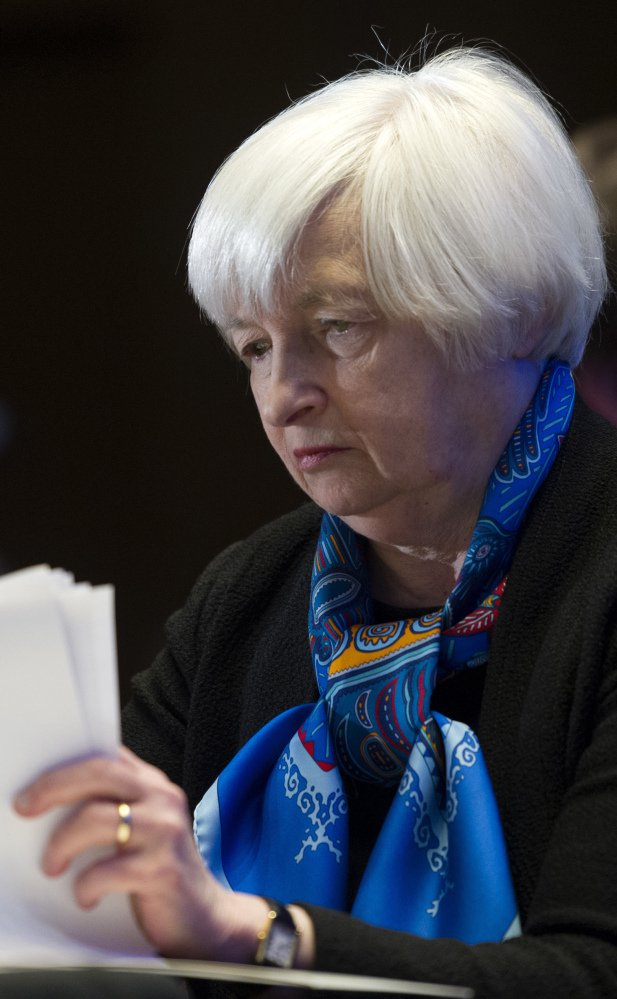WASHINGTON — The Washington political world is in disarray. Britain’s election tumult has scrambled the outlook for Europe. And economies in the United States and abroad are plodding along at a pace that hardly suggests robust health.
Yet when the Federal Reserve meets Wednesday, it’s all but sure to raise its benchmark interest rate for the third time in six months – a pace the Fed would normally adopt when it’s trying to slow an economy at risk of overheating.
So why the rush to keep raising rates?
Even with the economy growing sluggishly, the barometers the Fed studies most closely have given it the confidence to keep gradually lifting still-low borrowing rates toward their historic norms.
Though the Fed monitors the overall economy, its mandates are to maximize employment and stabilize prices. And hiring in the United States remains solid if slowing, with employment at a 16-year-low of 4.3 percent – even below the level the Fed associates with full employment.
Inflation has been more problematic, having long stayed below the central bank’s 2 percent target rate. But Fed officials have said they think inflation, which has recently slowed further, will soon pick up along with the economy.
That said, no one expects the Fed to turn aggressive. If nothing else, the political fights and uncertainty in Washington – over investigations into Russia’s ties to President Trump’s campaign, health care legislation, tax cut proposals and about whether Congress will raise the nation’s borrowing limit and pass a new budget – could lead the Fed to raise rates more slowly than it otherwise would.
“We are looking at a very messy summer in terms of policy in general, and that may cause the Fed to retreat to the sidelines for a while,” said Diane Swonk, chief economist at DS Economics of Chicago.
Uncertainty also surrounds the Fed’s policy committee’s membership. Trump is soon expected to fill three vacancies on the Fed’s influential board, and those new members, depending on who they are, could alter its rate-setting policy.
Given all that isn’t known, some analysts say an additional rate hike that they had expected in September, to follow the increase they foresee this week, might not happen until December.
“I don’t think there will be any retreat from the Fed’s desire to stay on course for gradual increases in interest rates, but the frequency of the increases may be spaced out over a longer period,” said Sung Won Sohn, an economics professor at the Martin Smith School of Business at California State University.
Fed officials have said they think the economy, now entering its ninth year of expansion, no longer needs the ultra-low borrowing rates they have been supplying.
Send questions/comments to the editors.



Success. Please wait for the page to reload. If the page does not reload within 5 seconds, please refresh the page.
Enter your email and password to access comments.
Hi, to comment on stories you must . This profile is in addition to your subscription and website login.
Already have a commenting profile? .
Invalid username/password.
Please check your email to confirm and complete your registration.
Only subscribers are eligible to post comments. Please subscribe or login first for digital access. Here’s why.
Use the form below to reset your password. When you've submitted your account email, we will send an email with a reset code.